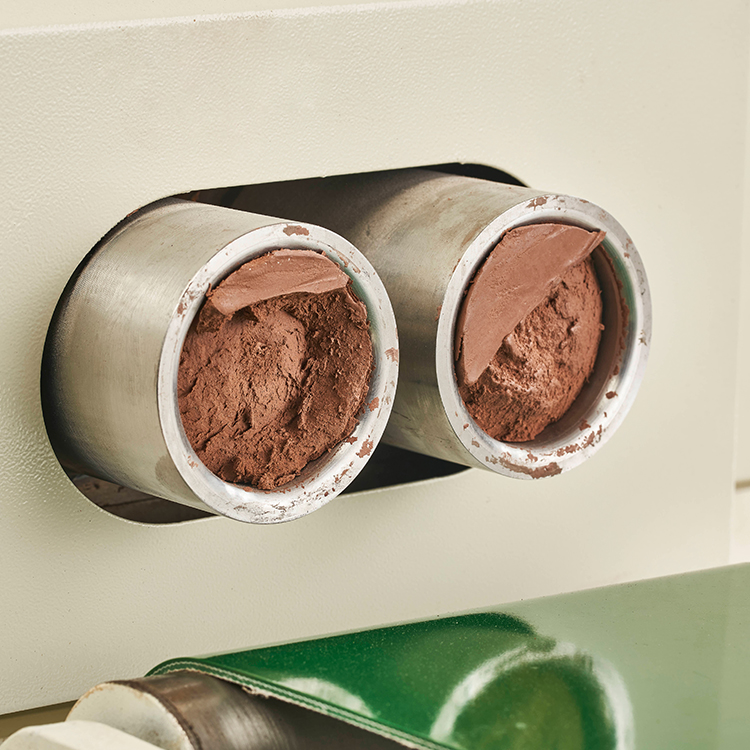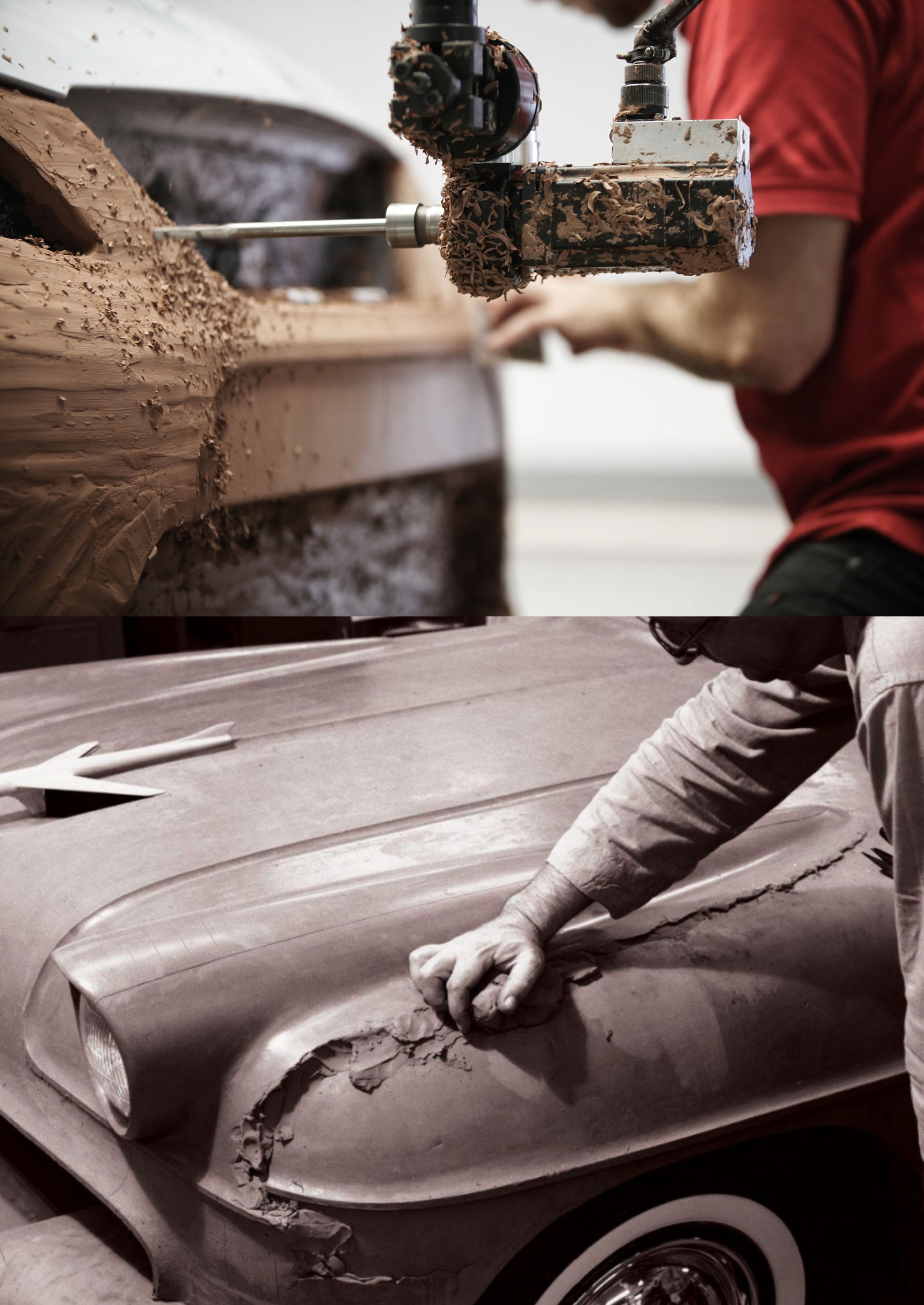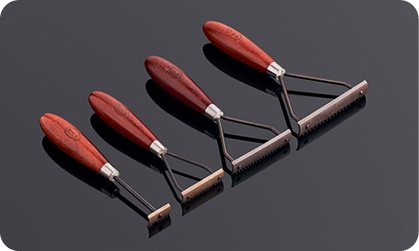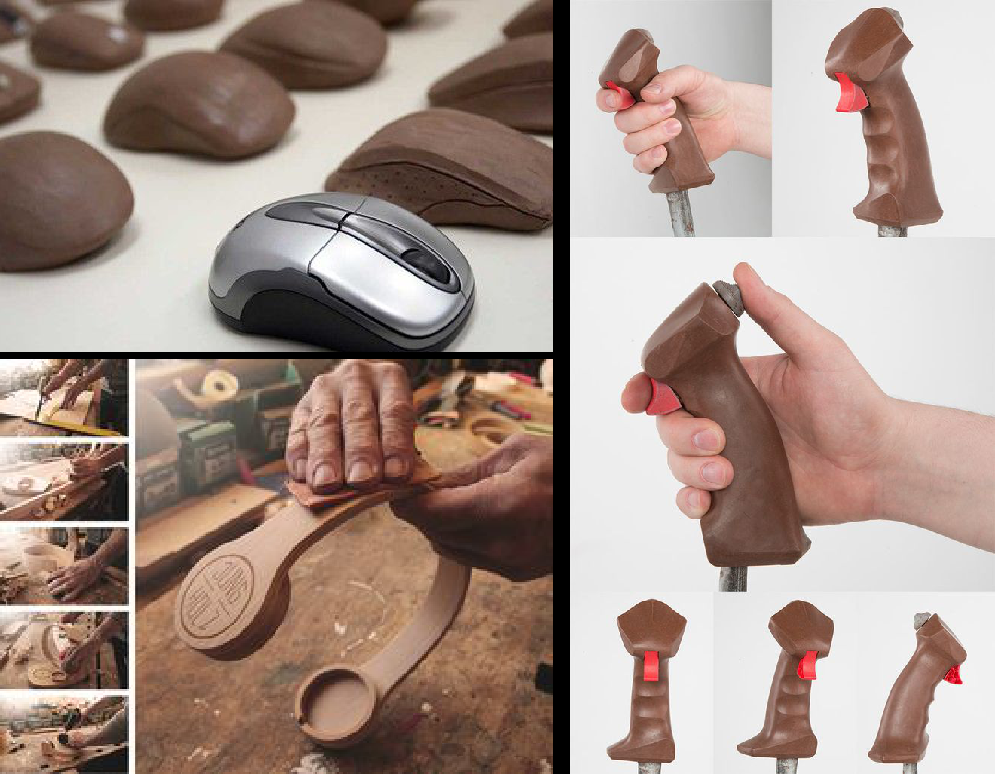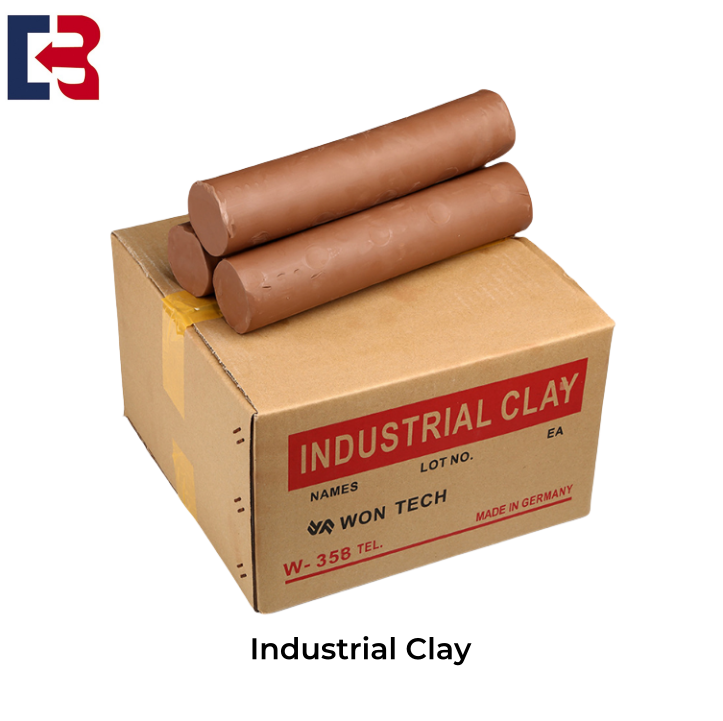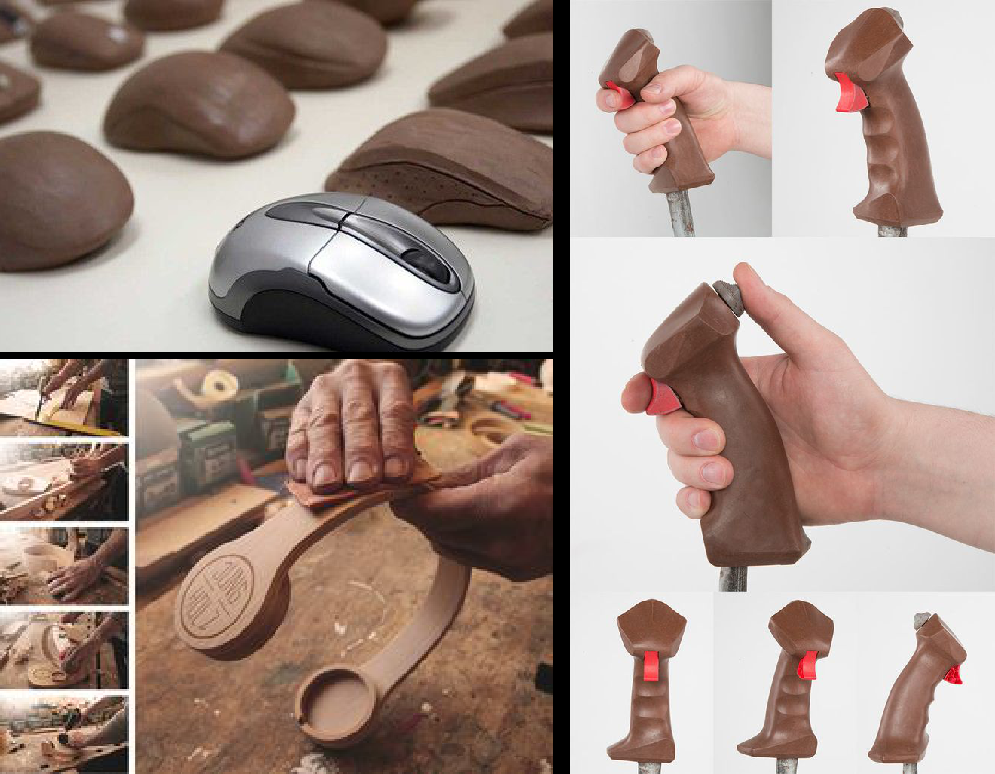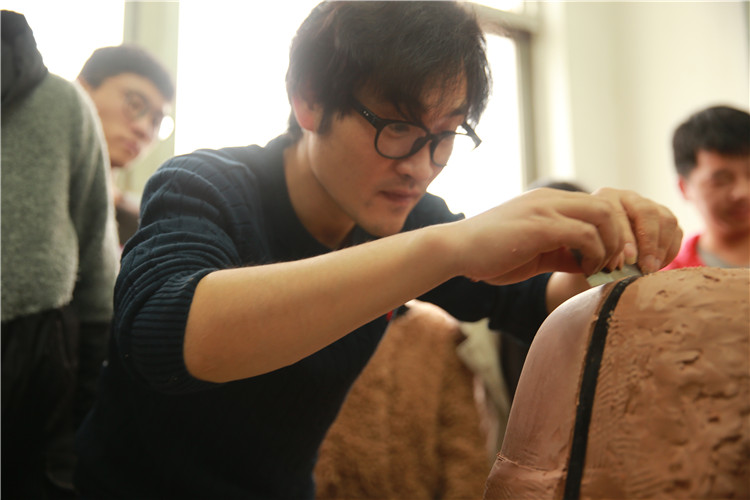
 Apr 01,2024
Apr 01,2024
 BOMI shanghai
BOMI shanghai
 612
612
Shaping Complexity in the Age of Digital Drafting
When design enters the realm of flowing surfaces and dynamic volumes, clay becomes more than a material—it becomes a language.
In the development of motorcycle bodywork, clay models remain essential. From early form exploration to final surface validation, they serve as both a tangible translation of design intent and the foundation for production tooling.
Motorcycle designs demand precision in curvature control and visual continuity. Clay—malleable when warm and firm when cool—allows for effortless rework, detailed sculpting, and fluid iteration. Most importantly, it enables designers to think spatially and intuitively, using their hands to shape volumes and light to verify form.
A high-quality cover part model is crafted through a process that is closer to sculpture than fabrication:
Structural Framing: Lightweight foam or wire is used to construct a base framework that provides both stability and material efficiency.
Layering the Clay: Warm clay is applied incrementally, leaving a ~5mm margin for later refinement, allowing controlled shaping aligned with the design reference.
Shaping and Scraping: Broad surfaces are defined first, followed by detailed refinement—sculpted not just by tools, but by touch and light.
Surface Finishing: Models may be coated or painted to simulate production finishes and enhance visual assessments in design reviews.
Even in a landscape dominated by digital design tools, clay models continue to bridge imagination and realization. While CAD software and virtual renderings offer speed and precision, physical clay remains unmatched in its ability to test human-scale interaction, perceive surface tension, and evaluate real-world reflections and proportions.
Robotic clay milling and virtual modelling platforms are advancing rapidly, integrating physical craftsmanship into digital workflows. Yet the tactile nature of clay—its resistance, texture, and immediate feedback—ensures it will remain the most human medium in industrial design.
